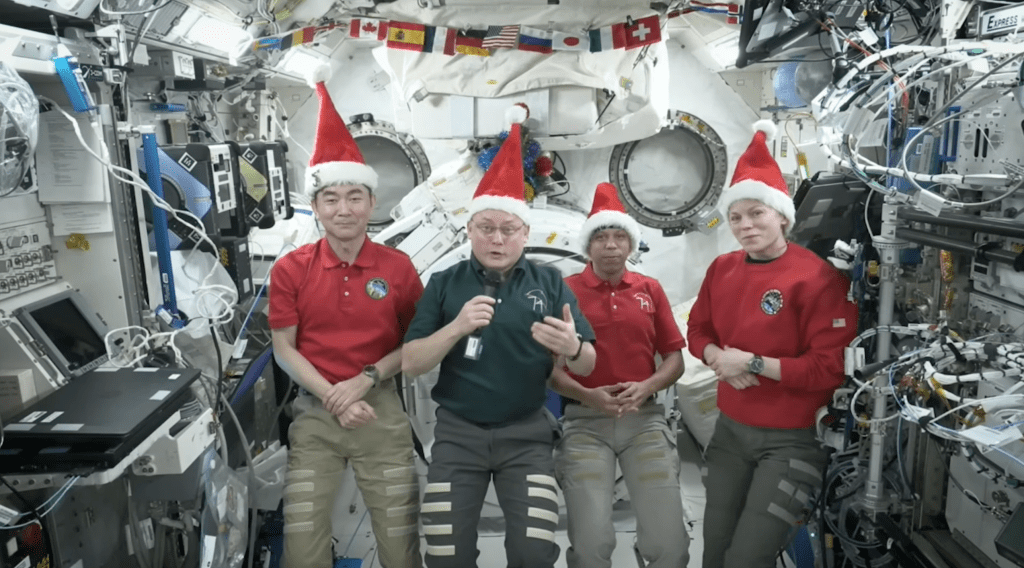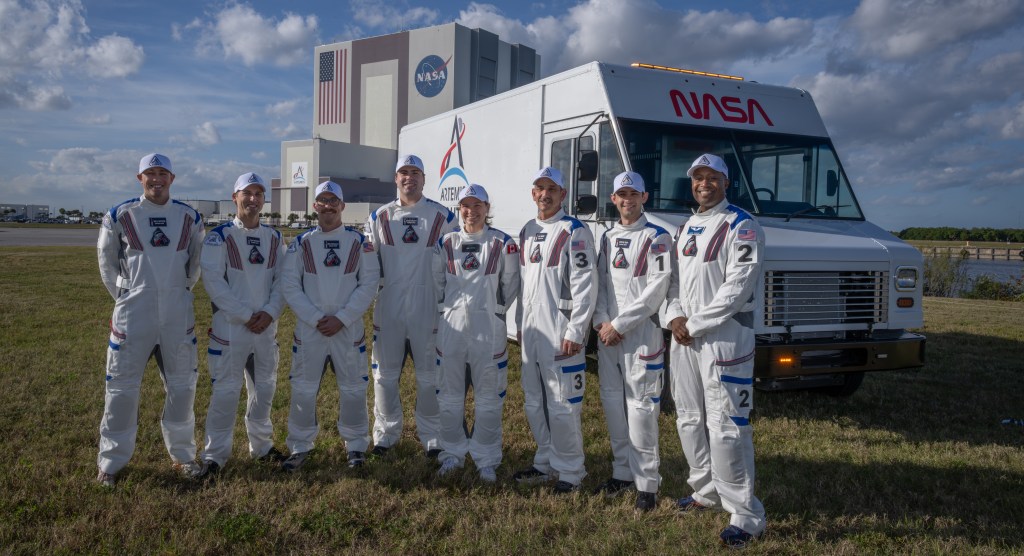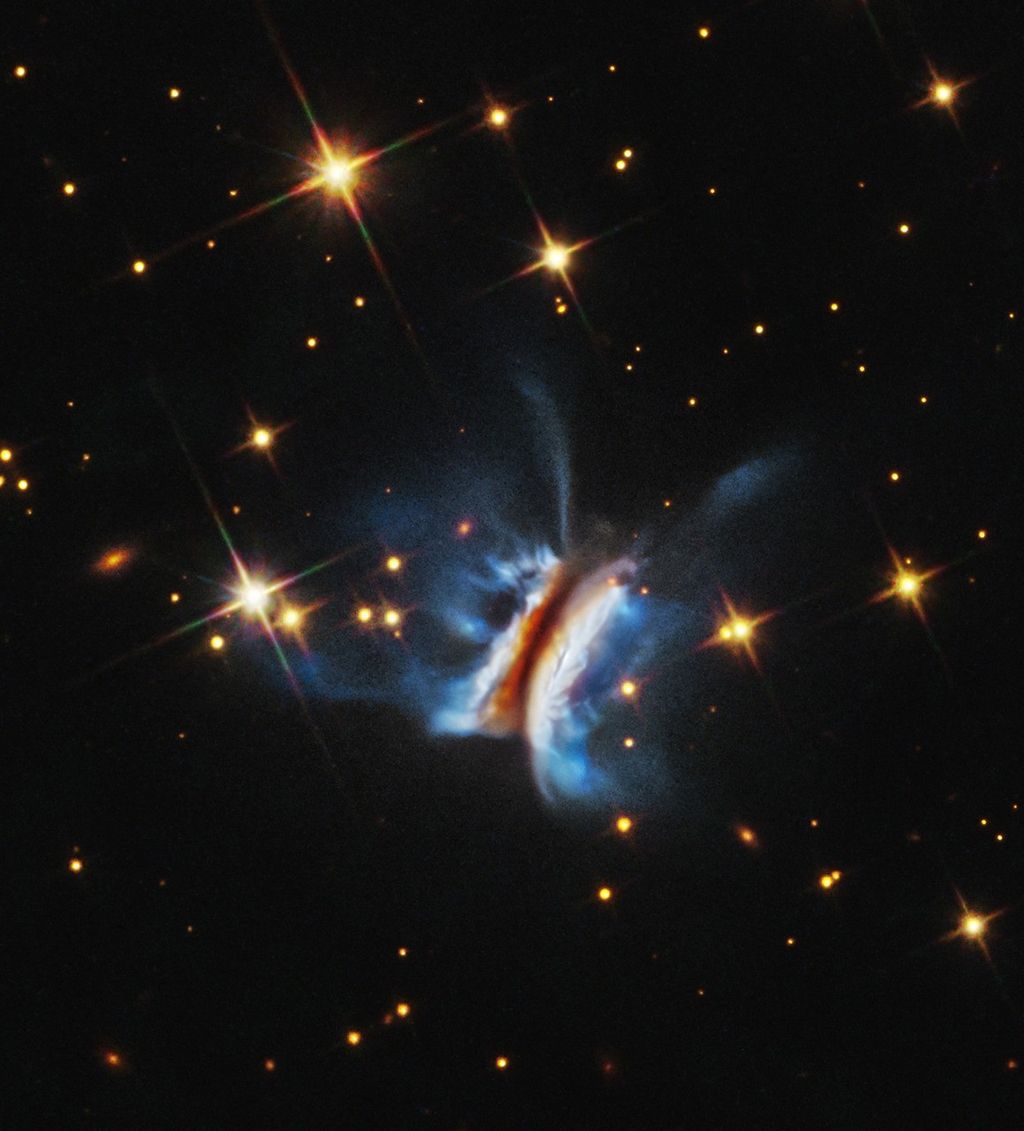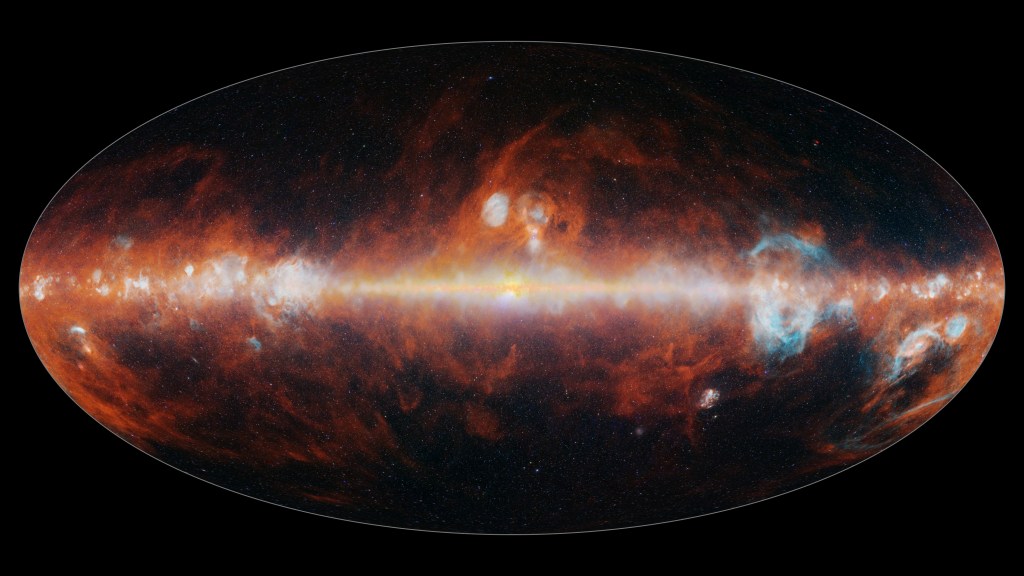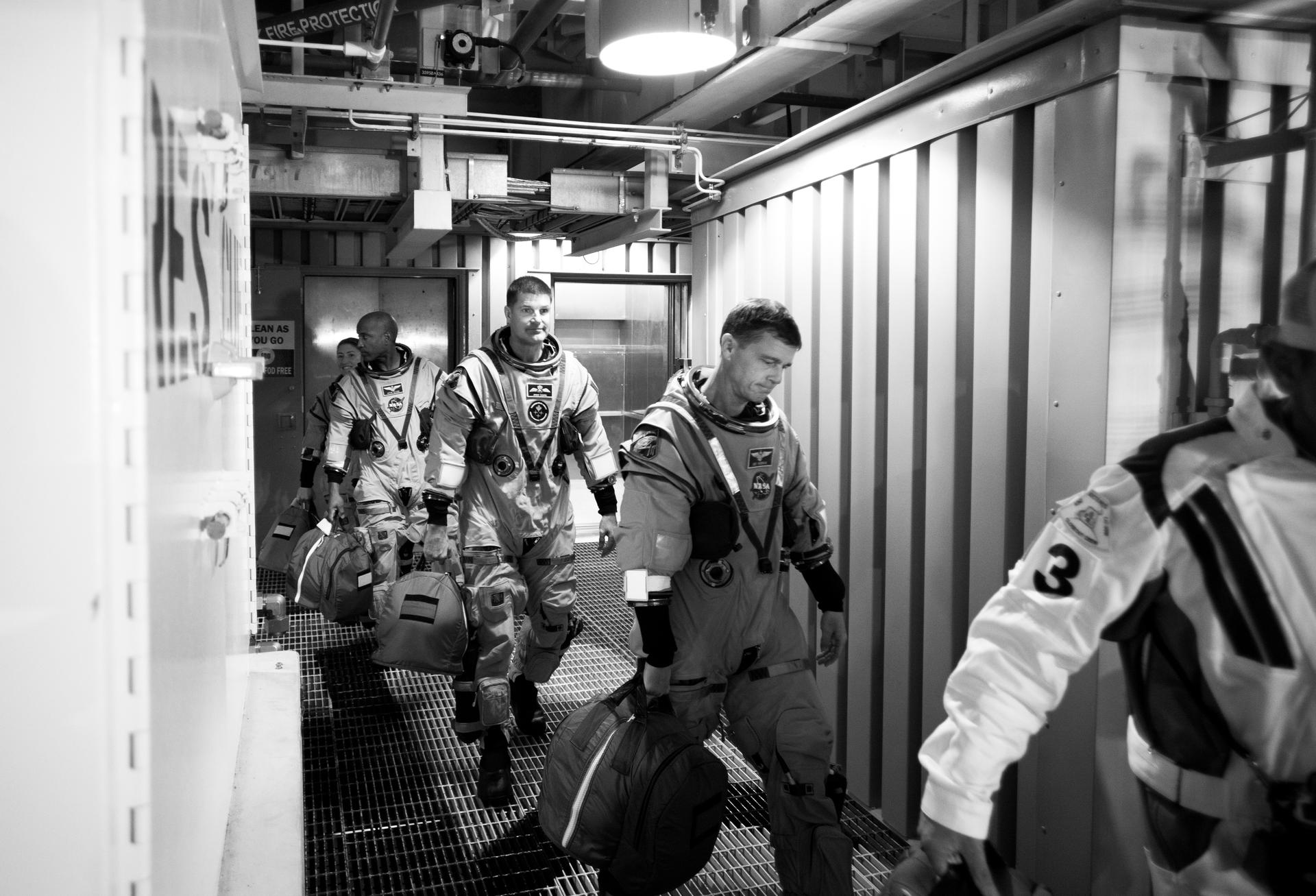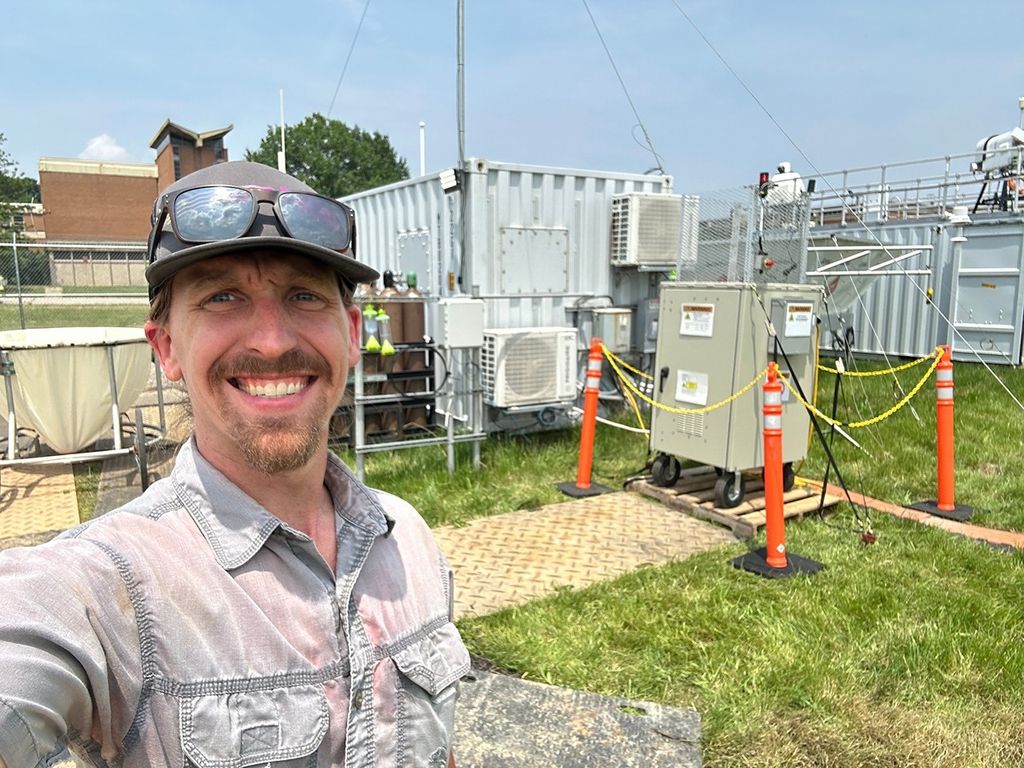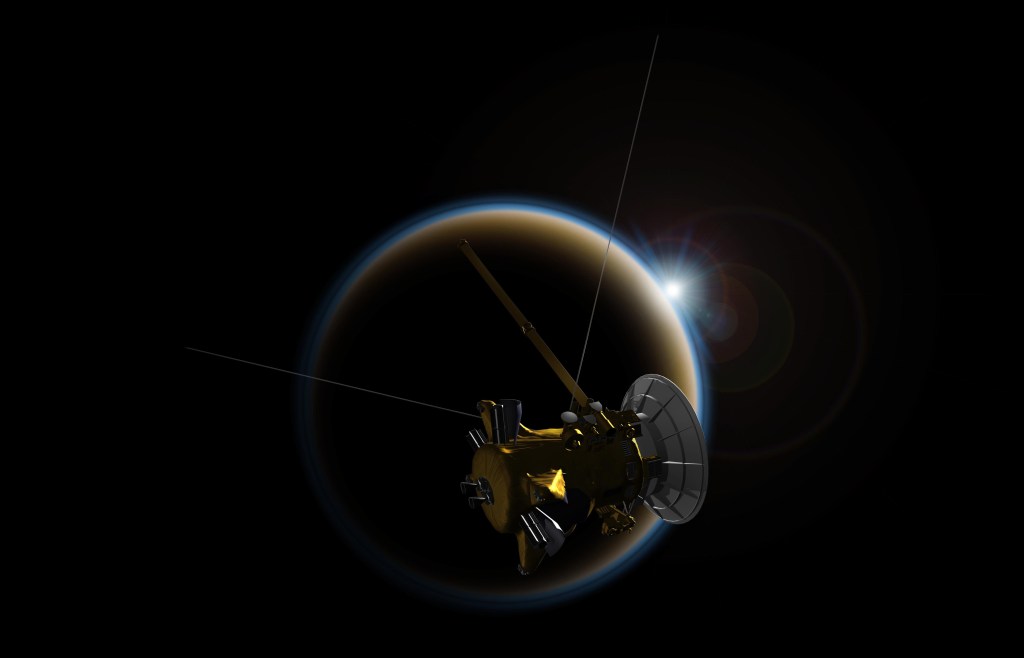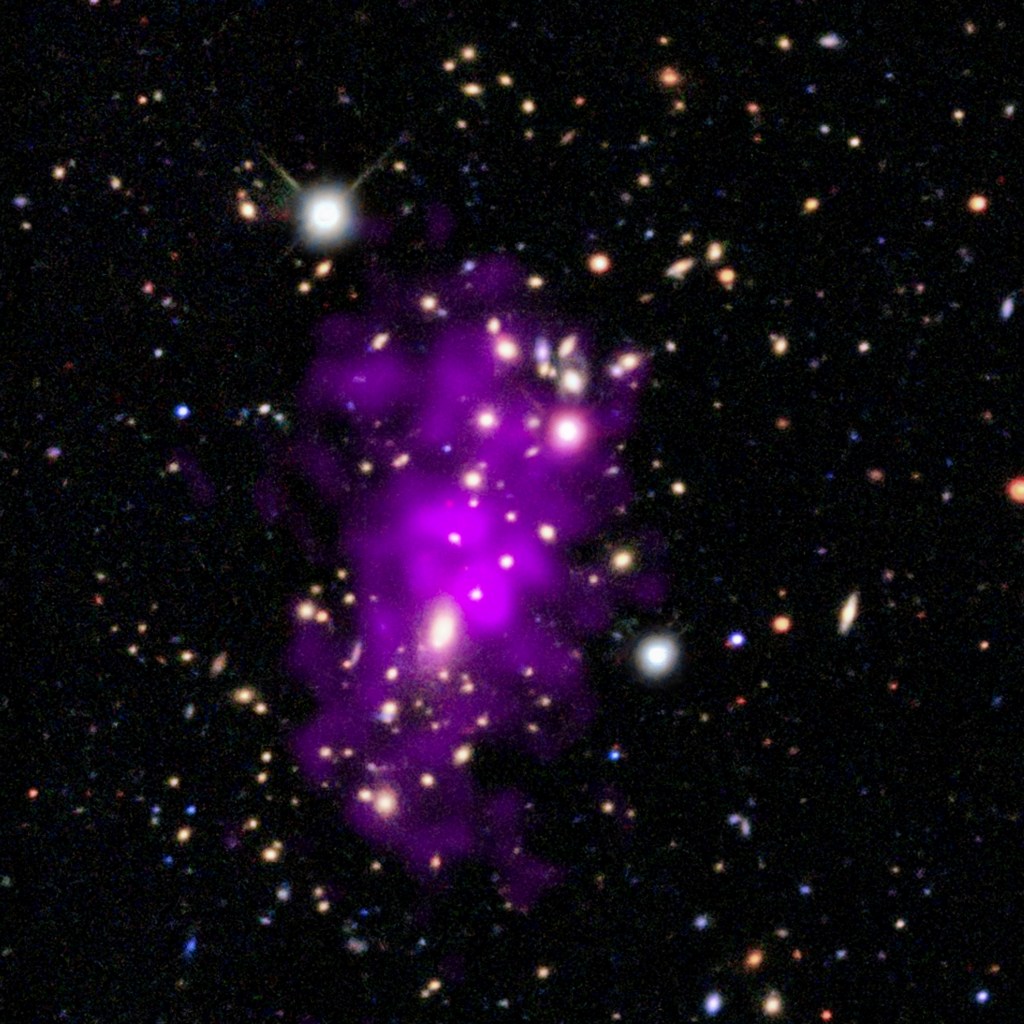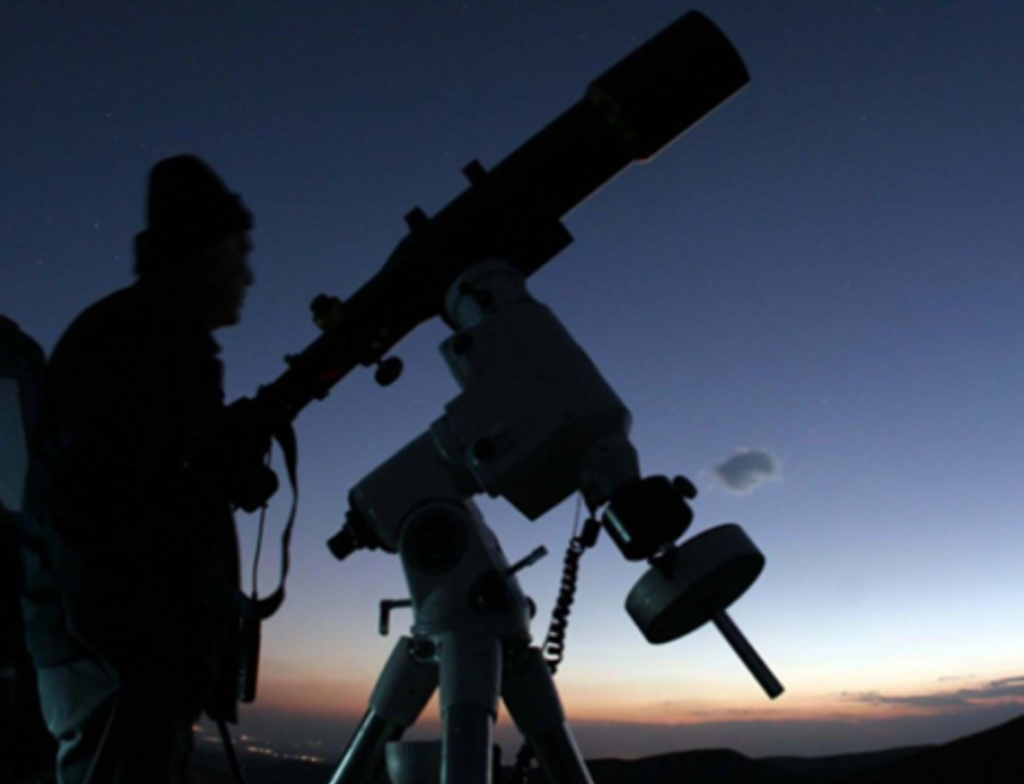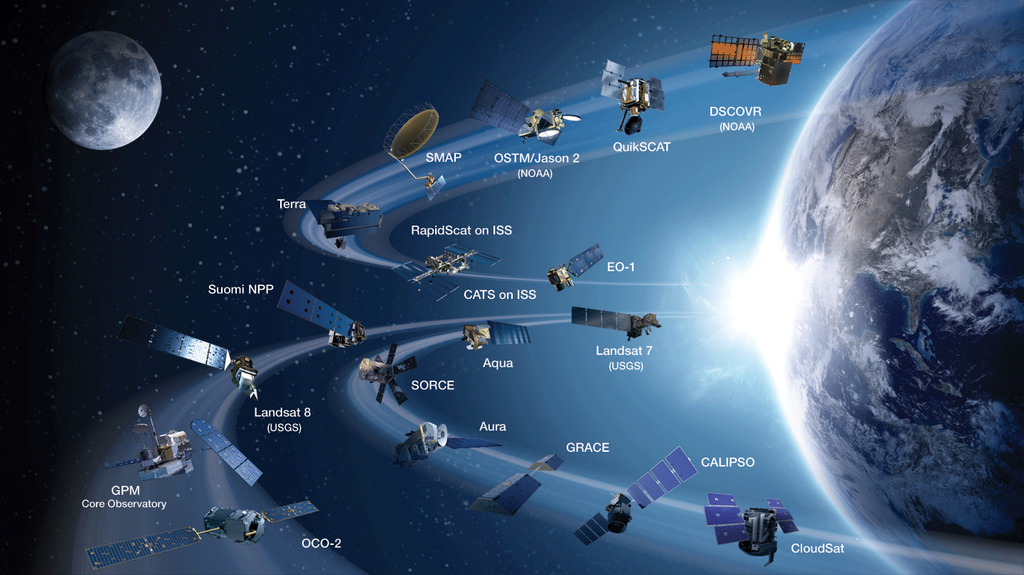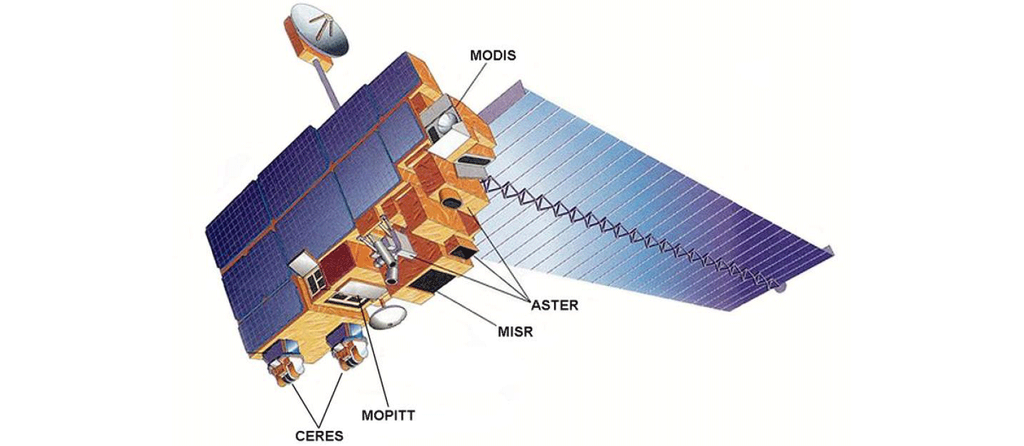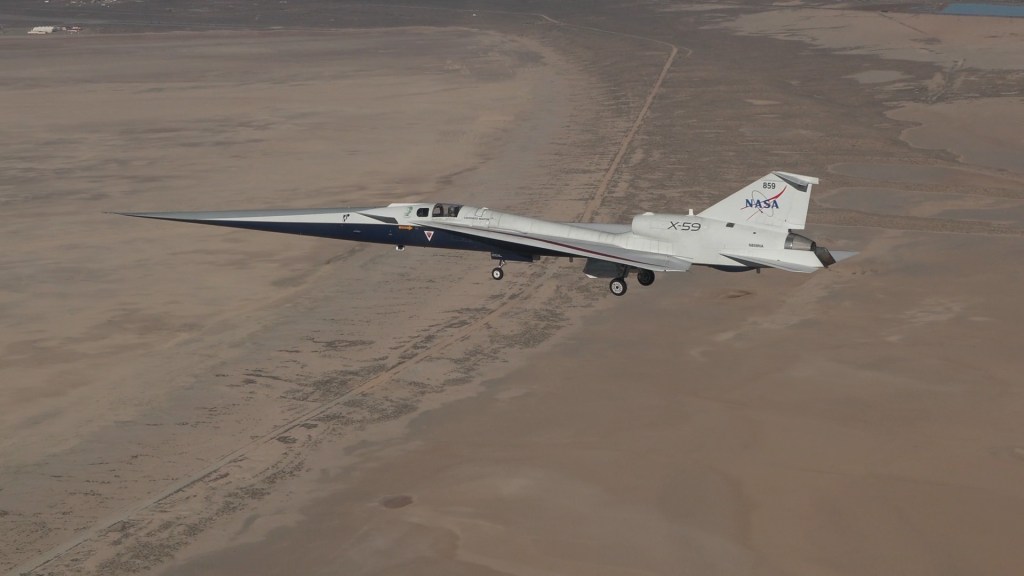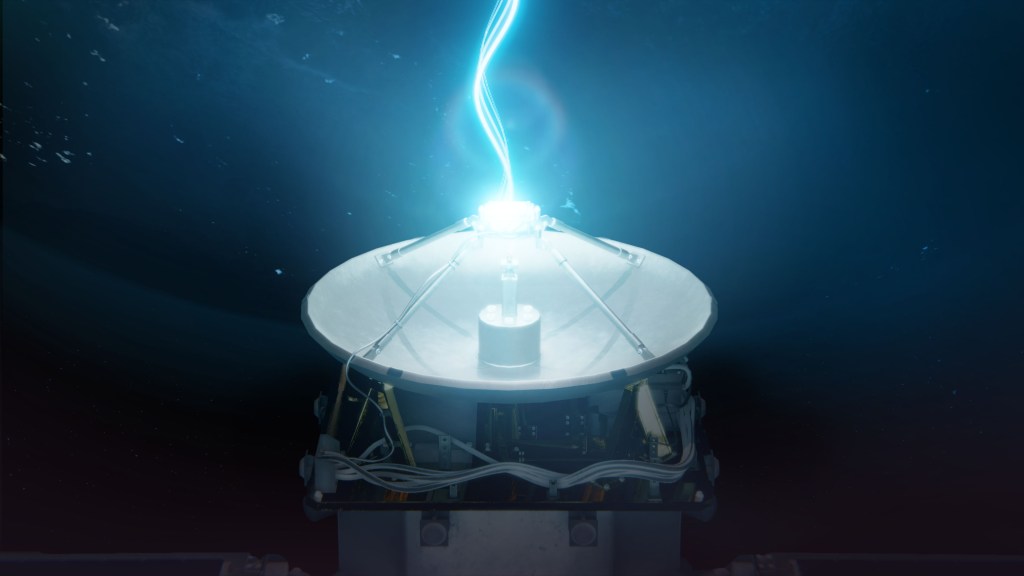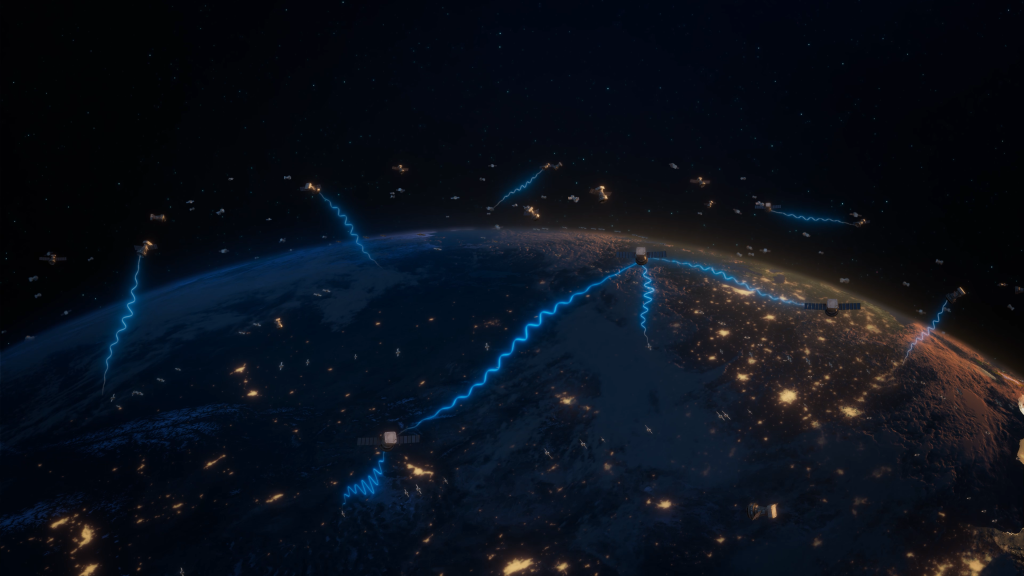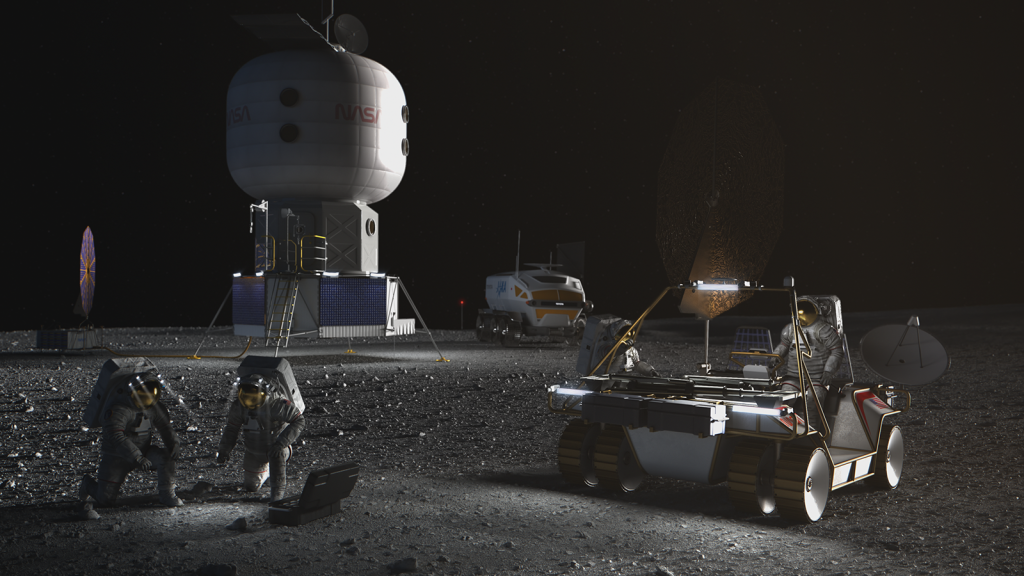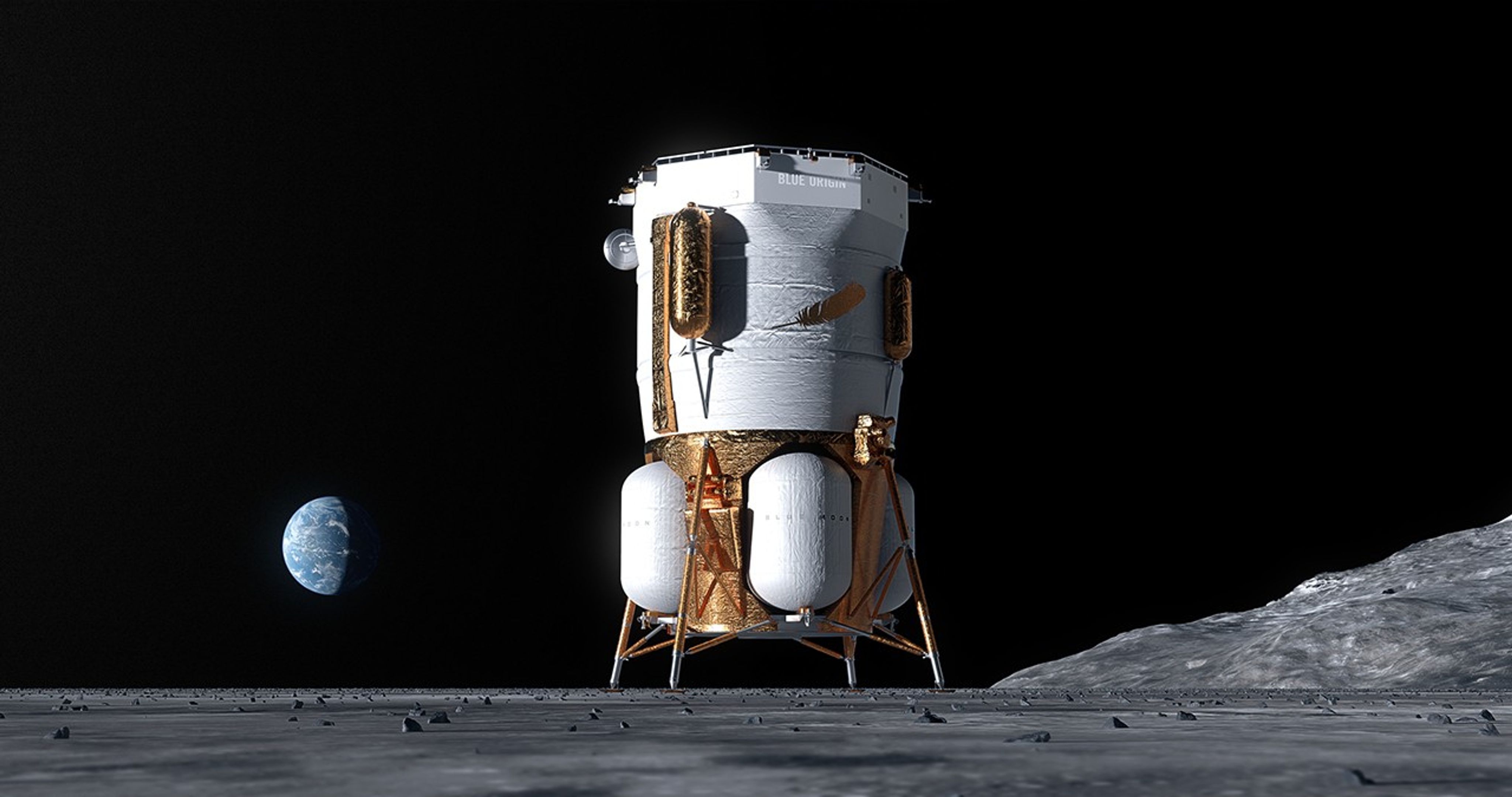Studying the South Pole
Descending Into Science
The lunar surface is uneven, rocky, and unforgiving. Landing deliveries safely and securely requires acute awareness of the terrain and its response to a lander’s descent plumes. Our science payloads on CT-3 will provide thorough descent data that will benefit future lunar exploration missions for years to come.
Science and Exploration Goals
-
Photograph a Lunar Descent
We know lander descents disturb the lunar surface, but to improve the success and stability of future landings and surface missions, we need to better understand exactly how the descent alters the landing area. SCALPSS will achieve this by using its advanced camera array to extensively capture videos and photos of the lunar surface and lander before, during, and after the descent. This will provide our scientists with a vast amount of useful data along with a 3D view of the surface.
-
Study Ejecta Behavior and Properties
Lander descents send ejecta flying everywhere. By studying the ejecta behavior with SCALPSS, we’ll gain insights into physical properties of surface materials which will provide context for future examinations of surface materials.
SCALPSS 1.x
Stereo Cameras for Lunar Plume-Surface Studies
PIs: Robert Maddock and Joseph Atkinson, LaRC
All eyes on the lunar surface! SCALPSS 1.x is an array of high-resolution cameras that will collect imagery during descent. In addition to providing information about regolith reaction to high-power lander thrust, the stereographic photogrammetry will produce overlapping images that will allow researchers to construct a 3D view of the surface. Data provided by SCALPSS will help guide technology design for the next generation of lunar exploration.
LRA
Laser Retroreflector Array
PI: Dr. Xiaoli Sun, GSFC
The Laser Retroreflector Array (LRA) is the ultimate sidekick to any lunar surface payload. Payload-collected data needs precise locations to maximize its effectiveness and accuracy, and LRA does exactly that. LRA uses reflected laser light from orbiting spacecraft to determine its exact location, including a precise distance to Earth.

